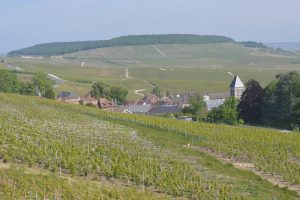Everything You Need to Know About Champagne
Champagne - beloved by all yet understood by few

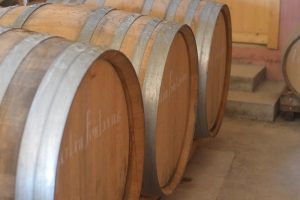
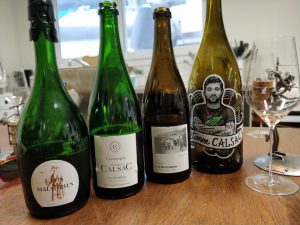
Overview of Champagne
Champagne is located approximately 100 miles (160km) east of Paris and is broken down into five major districts. Its two biggest cities are Reims and Épernay, the former of which is best-known for its renowned cathedral. Centuries ago, Champagne was actually a major player in high-quality still wine production; it wasn’t until the late 17th century that the region became regarded for its mastery of sparkling wine.
Pinot Noir, Chardonnay, and Pinot Meunier are the three most widely planted grape varieties in Champagne, though four other varieties (Pinot Blanc, Pinot Gris, Arbane, and Petit Meslier) are also cultivated. By appellation laws, all non-vintage Champagne must age for at least 15 months prior to release, 12 months of which must be spent on the lees. However, most good producers age their wines in bottle for a longer period of time to allow the juice to develop more complexity.
Champagne is one of the most northerly lying regions in all of global viticulture, situated at the 49th parallel. High altitudes and chilly temperatures often lead to ripening difficulties, though the region’s many forests help moderate temperature and retain moisture in soils. These climatic factors also keep acidity naturally high in grapes, which is an essential component to sparkling wine production. Champagne is also well-known for its chalky subsoils, which were created millions of years ago from ancient oceans. These chalky components absorb daytime heat, which is later released back to the vines at night when temperatures are at their lowest.
The Five Regions of Champagne:
The viticultural boundaries within Champagne were officially established in 1927. These borders were created to break down the overarching region’s 76,000 hectares into five major districts: Montagne de Reims, Vallée de la Marne, Côte de Sézanne, Côte des Blancs, and Aube. Out of the region’s 19,000 growers scattered across all five districts, only 5,000 of them actually make their own wine. The remaining 14,000 growers sell their fruit to regional producers known as négociants.
Montagne de Reims
Montagne de Reims is located southwest of Reims and is best-known for its Pinot Noir. Fruit from this region tends to give structure, weight, and richness to final blends. Many of the major Champagne houses use fruit from Montagne de Reims to create their tete de cuvée (AKA, their cream of the crop bottlings.) The Montagne de Reims is also home to the highest number of grand cru villages of all five districts. The region gets its name (‘Montagne’ – mountain) from the plateau on which it sits.
Vallée de la Marne
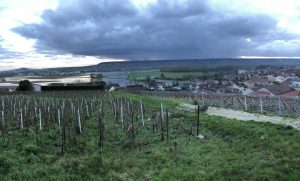
Check out: Vadin-Plateau, AR Lenoble
Côte des Blancs
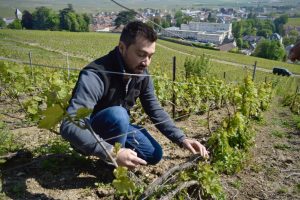
Check out: Etienne Calsac, Stéphane Regnault
Côte de Sézanne
The Côte de Sézanne is the ‘youngest’ of the five regions, as most vineyards weren’t planted until the mid-20th century. Here, Chardonnay reigns king, though the fruit here tends to have less acidity than the Chardonnay grown in the Côte des Blancs. Most vines are planted with a southeasterly exposure in a mixture of clay, silt, and chalk soils.
Check out: Barrat-Masson
Aube (Côte des Bar)
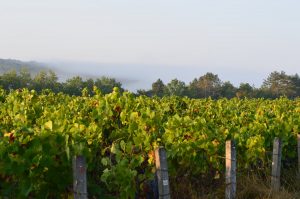
Check out: Ruppert-Leroy, Piollot Père et Fille




